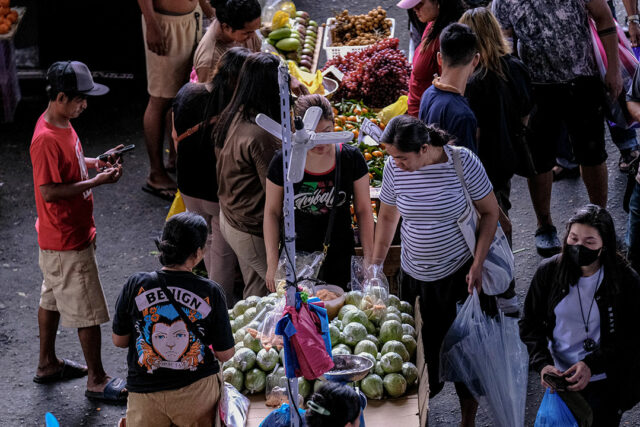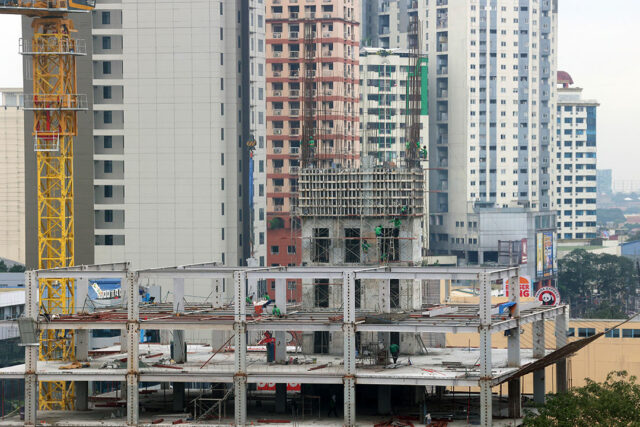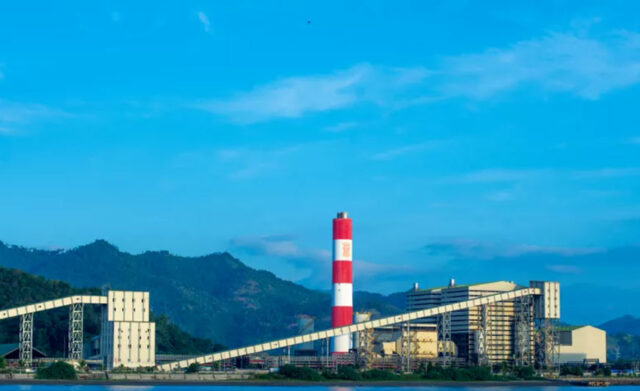THE ENERGY Regulatory Commission (ERC) said San Miguel Corp. (SMC) dominated the power generation sector with a 22.44% market share of the national grid as of end-2024.
SMC overtook Aboitiz Equity Ventures (AEV), the investment arm of the Aboitiz Group that controls Aboitiz Power, as the country’s largest power producer in terms of installed generating capacity and market share, the ERC said in a statement on Monday.
Data from the ERC showed that SMC had the highest installed generating capacity nationwide at 6,079.6 megawatts (MW).
Broken down, the company had an installed capacity of 5,519 MW in Luzon; 180.67 MW in Visayas; and 379.89 MW in Mindanao.
AEV came in next with a total capacity of 5,894.5 MW, accounting for 21.75% share in the national grid.
Lopez-led First Gen Corp., a leading renewable energy producer, cemented its position as the third leading energy player with a market share of 13.22%, translating to 3,583 MW of capacity to the national grid.
Pangilinan-led power distributor Manila Electric Co. inched up as the fourth largest power producer by generating a total capacity of 1,467 MW, representing market dominance at 5.42%.
Lastly, Ayala Corp., a conglomerate which controls renewable energy developer ACEN Corp., accounted for 5.28% share in the generation sector with 1,431.3 MW of capacity to the national grid.
Under Republic Act No. 9136 or the Electric Power Industry Reform Act of 2001, no company or related group can own, operate or control more than 30% of the installed generating capacity per grid and 25% in the national scale.
As the country’s energy regulator, the ERC sets the caps for installed generating capacity and market share limitation annually, and may be adjusted as necessary, based on the maximum capacity of generation facilities.
In a resolution dated March 13, the ERC initially set the maximum installed generating capacity to the national grid at 27,096 MW. This is higher than the 25,567.3 MW set for 2024.
For Luzon, the regulator has capped the installed generating capacity for Luzon at 19,419.6 MW, 3,383.9 MW for Visayas, and 4,292.6 MW for Mindanao.
Power companies cannot exceed a market share of 6,774 MW in the national grid. Generating firms are not allowed to go beyond 5,825.9 MW in Luzon, 1,015.2 MW in the Visayas, and 1,287.8 MW in Mindanao.
The commission noted that there are “certain industry developments” that have not been reflected in the data set. Once ready and available, the commission will update the caps set for the year.
“All individuals and entities subject to the MSL (market share limitation) are reminded to strictly comply with the prescribed limits and promptly report to the ERC within fifteen days of exceeding these limits from the start of occurrence, including the reasons for non-compliance,” the regulator said.
SMC INCOME
In a related development on Monday, SMC announced a net income of P36.7 billion for 2024, compared with P44.7 billion in 2023.
“On a reported basis, net income stood at P36.7 billion, including foreign exchange adjustments,” SMC said in an e-mailed statement on Monday.
Core net income rose 22% to P52.3 billion, while operating income increased 11% to P160.8 billion.
Consolidated revenue grew 9% to P1.6 trillion, driven by higher sales volumes in the power, spirits, and fuel and oil segments, along with contributions from the beer and infrastructure businesses.
“Our strong 2024 performance reflects strategic growth, operational efficiency, and disciplined execution. We remain focused on strengthening and making our businesses more efficient while driving sustainability and long-term growth,” SMC Chairman and Chief Executive Officer Ramon S. Ang said.
San Miguel Food and Beverage, Inc. posted a 7% increase in net income to P40.9 billion, with consolidated sales rising 6% to P400.9 billion on higher volumes and market expansion.
San Miguel Foods’ net income surged 33% to P8.4 billion as sales grew 3% to P185 billion, driven by its protein and prepared and packaged food segments.
San Miguel Brewery Inc. saw a 1% increase in net income to P25.6 billion, supported by a 4% rise in sales to P153.4 billion.
Ginebra San Miguel’s net income grew 3% to P7.3 billion, as sales jumped 17% to P62.5 billion on strong consumer demand.
San Miguel Global Power Holdings Corp. recorded a 25% increase in net income to P12.4 billion, with revenue climbing 21% to P205.1 billion.
Petron Corp.’s net income fell 16% to P8.5 billion despite an 8% rise in revenue to P868 billion on higher sales volume.
San Miguel Infrastructure maintained growth, with revenue up 7% to P37.5 billion and operating income improving 12% to P20.3 billion.
The cement segment—comprising Eagle Cement Corp., Northern Cement Corp., and Southern Concrete Industries, Inc. — saw net sales decline 6% to P34.9 billion, while operating income increased 10% to P6.6 billion due to cost-control measures. — Sheldeen Joy Talavera and Revin Mikhael D. Ochave

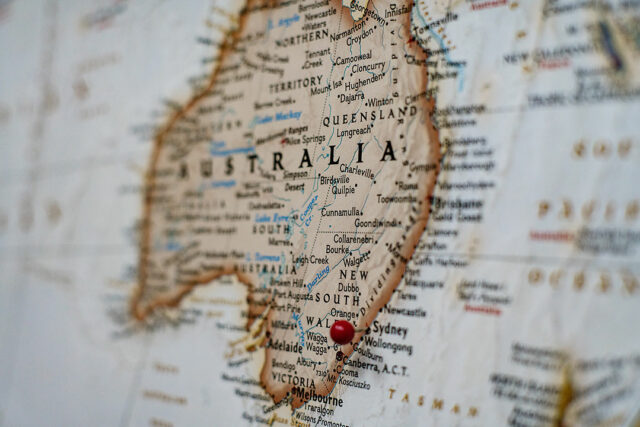

 The Wellness Imperative: A Business Case
The Wellness Imperative: A Business Case “
“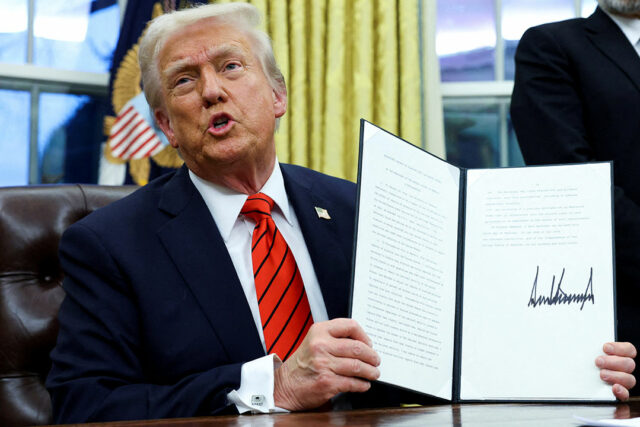


 Unfortunately, incidents can still occur, and they can strip your family of your hard-earned assets and savings. This is why getting insured is important. Contrary to popular belief, insurance doesn’t have to be costly — going without it is what can be truly expensive.
Unfortunately, incidents can still occur, and they can strip your family of your hard-earned assets and savings. This is why getting insured is important. Contrary to popular belief, insurance doesn’t have to be costly — going without it is what can be truly expensive.


